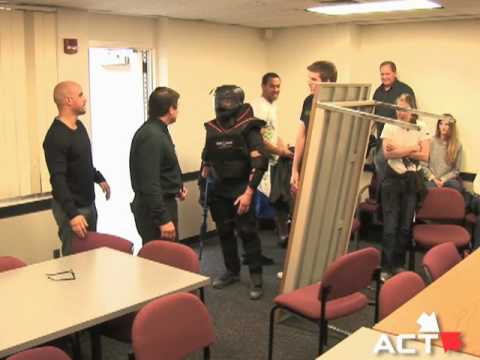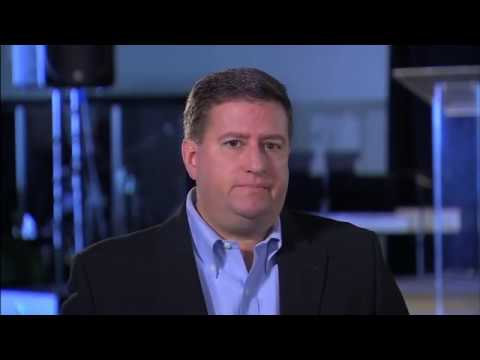The father in the video was asking for security in schools. That’s an approach that comes from a quite different mindset than those who want to eliminate guns.
One aspect of that is called Active Shooter training.
Training and drills can be given to all students and “lock-down” drills should be required just a fire drills are now.
Although these events are statistically rare but the training is I think is psychologically useful and empowers even children to think about how they can save themselves and others. In many cases there is a lot that ordinary people can do for themselves … if they know some effective but simple options. It gives a different perspective on what a focused, serious practice might look like.
The response of the armed officer assigned to the Florida school was tragic as was the response of the first officers to respond. While a degree of political corruption has been suggested I would say that active shooter drills that included the officer assigned to the school might have changed things.
There are problems that require special preparation. For instance as is, the doors in many schools can’t be locked from the inside.
I thinking having a small number of trained adult staff with access to firearms (such as in a quick access safe) makes sense. This only makes sense for a minority of trained persons. It’s definitely not for everyone. Fortunately, with modern paint-ball style guns training can be made realistic and can be done regularly to keep skills sharp. I know a couple of people who have advanced firearm training – more training than most police officers get – and about half the time they were not the kind of person that I would have predicted as being highly trained fighters.


